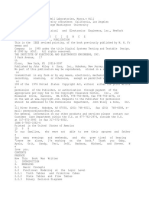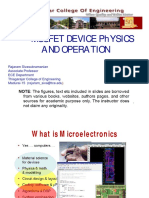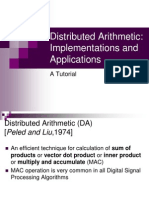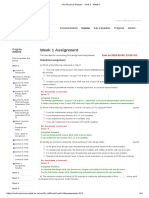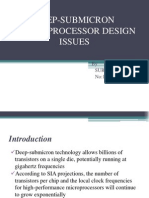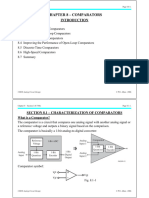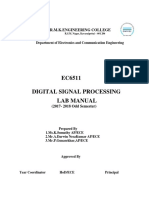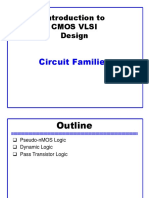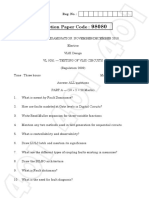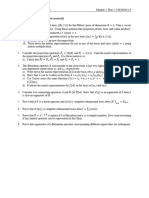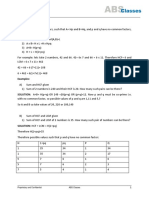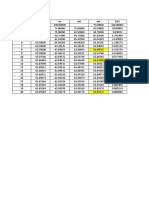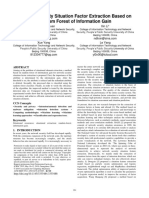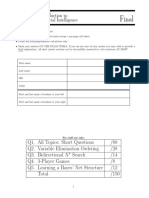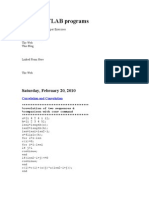0% found this document useful (0 votes)
286 views2 pagesTesting Int 1 Aug
This document is an internal test for a VLSI circuits testing course. It contains 3 parts:
Part A contains 10 short answer questions testing concepts like fault modeling, propagation cubes, test generation methods.
Part B contains 5 long answer questions, asking students to explain delay models, find tests for single and multiple faults, determine output functions for faults, discuss fault simulation techniques.
Part C contains 1 long answer question asking to explain the PODEM test generation algorithm in detail.
Uploaded by
RamJiDRCopyright
© © All Rights Reserved
We take content rights seriously. If you suspect this is your content, claim it here.
Available Formats
Download as DOC, PDF, TXT or read online on Scribd
0% found this document useful (0 votes)
286 views2 pagesTesting Int 1 Aug
This document is an internal test for a VLSI circuits testing course. It contains 3 parts:
Part A contains 10 short answer questions testing concepts like fault modeling, propagation cubes, test generation methods.
Part B contains 5 long answer questions, asking students to explain delay models, find tests for single and multiple faults, determine output functions for faults, discuss fault simulation techniques.
Part C contains 1 long answer question asking to explain the PODEM test generation algorithm in detail.
Uploaded by
RamJiDRCopyright
© © All Rights Reserved
We take content rights seriously. If you suspect this is your content, claim it here.
Available Formats
Download as DOC, PDF, TXT or read online on Scribd
/ 2

